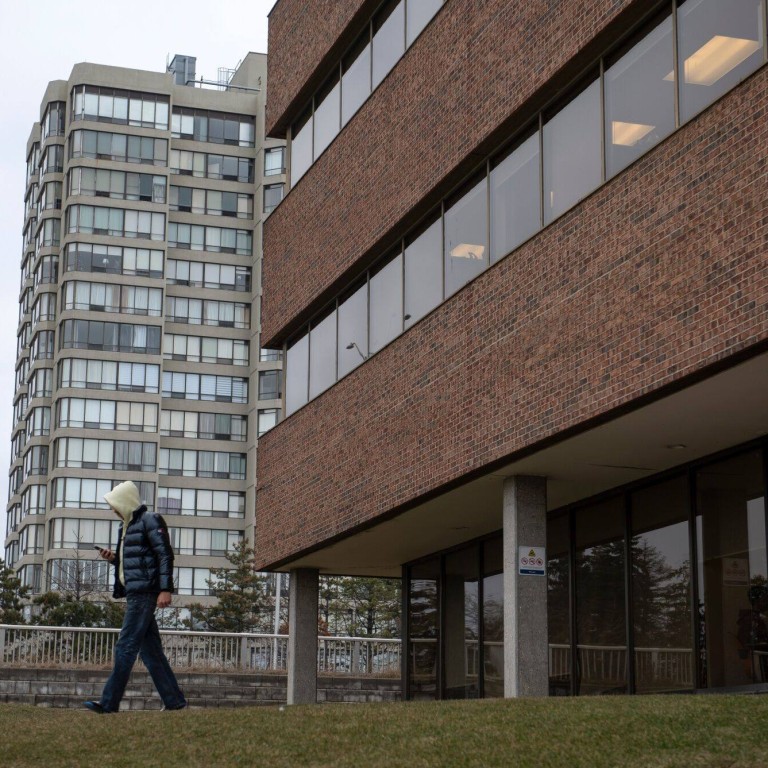
Colleges face millions in losses amid Canada’s foreign student crackdown to rein in migration
- The decision by Ontario’s administration will hit hardest at institutions that have been relying entirely on foreign enrolments to drive growth
- The move was in response to a two-year cap on the number of international students imposed by the federal government to tackle housing shortages
The Canadian province that attracts the most international students will limit the number of college spaces available to them as part of a broader crackdown to curb the influx of temporary immigrants. For many colleges, a financial reckoning is imminent.
The decision by the government of Ontario will hit hardest at colleges that have been relying entirely on foreign enrolments to drive recent growth. Colleges Ontario, an industry group, said revenue losses will be in the hundreds of millions of dollars this fall.
That will mean “immediate programme suspensions” and a pause on capital spending, Marketa Evans, the group’s CEO, said in a statement. “No organisation can absorb such losses without significant cuts to operations.”
Individual colleges and universities in Ontario will be restricted to a maximum of 55 international-student permits for every 100 Canadian students enrolling in first-year programmes, with some exceptions. The number of permits also cannot exceed the institution’s levels last year.
Ontario’s government said Conestoga College, which had the highest number of study permits last year, and colleges that are public-private partnerships will see the largest decline.
Canada plans to reduce temporary residents, cap future intake
The provincial announcement is in response to a two-year cap on the number of foreign students imposed by the federal government, which has been rolling back its immigration plans amid angst over housing shortages.
Public-private programmes, many of them in and around Toronto, have been massive drivers of Canada’s rapid increases in foreign students. These hybrid schools have taken over office buildings and retail spaces in strip malls, turning them into classrooms. They offer non-degree courses geared specifically at foreigners, mostly from India, who want to use higher education as a pathway to post-graduation work and permanent residency.
The federal government’s cap aims to slash the number of study permits by 35 per cent. Provincial and territorial governments are in charge of allocating the permits to schools. Master’s and doctoral degree programmes are excluded from the postsecondary limit.
Ontario, where a little more than half the foreign student population lives, said it will prioritise programmes in high-demand areas, including skilled trades, health human resources, hospitality and child care, as well as science, technology, engineering and mathematics.

“We are protecting the integrity of our province’s postsecondary education system by attracting the best and brightest international students to Ontario to study in areas that are critical to our economy,” Jill Dunlop, the province’s minister of colleges and universities, said in a statement.
Foreign-student applications will be kept at the 2023 level for 22 of 23 Ontario universities – with Algoma University being the exception, according to the ministry.
Eleven of 24 colleges in the province will see the level steady with last year, and career colleges will not receive any permit applications.
Earlier this month, British Columbia – another popular destination for foreign students – also set out its allocation of study permits to institutions.

